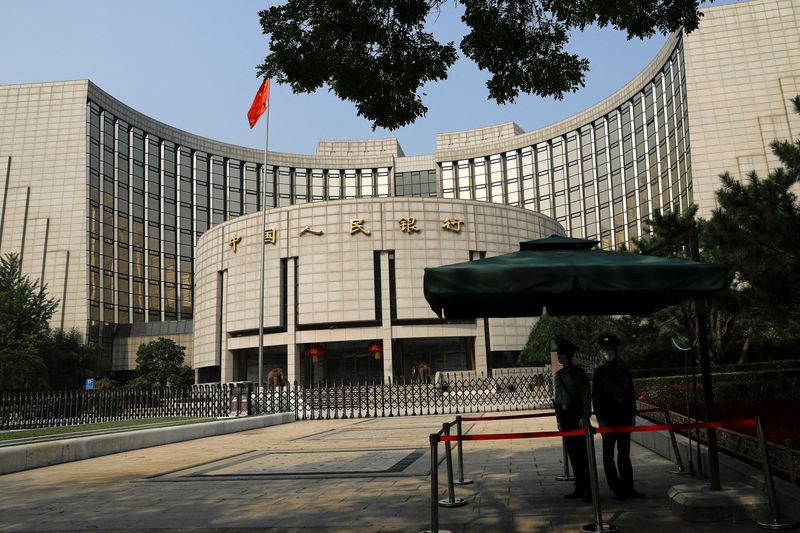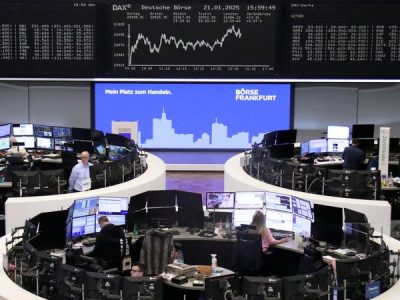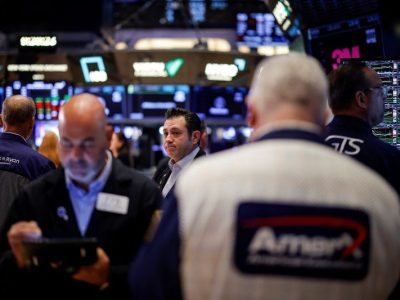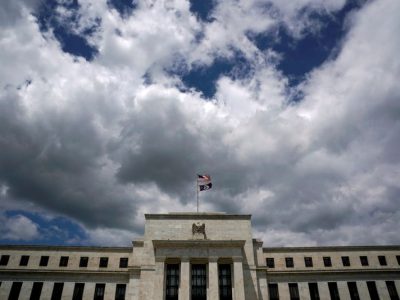
Investing.com — In recent months, economists have been cautiously optimistic, celebrating the containment of inflation after a turbulent period. However, the prospect of tariffs threatens to undermine this progress, potentially reigniting inflationary pressures.
While tariffs are often seen as one-off price increases akin to specialized sales taxes, their influence on inflation is far more complex and pervasive.
Analysts at UBS warn that the impact of tariffs extends beyond the immediate price hike at the consumer level, creating ripple effects that can exacerbate inflation through multiple channels.
At their core, tariffs function as taxes on imported goods, with the cost typically passed on to consumers. This leads to an initial spike in prices, which might seem to be a temporary shift in the price level rather than the kind of sustained inflation that economists fear.
However, the real inflationary impact of tariffs is not so straightforward. A deeper look reveals how tariffs can foster profit-led inflation, drive up wages, reduce market competition, and destabilize supply chains—all contributing to a longer-term inflationary cycle.
One of the effects of tariffs is their ability to facilitate profit-led inflation. When a tariff is introduced, consumers often expect a proportional increase in prices, believing a 10% tariff should result in a corresponding 10% rise in the cost of goods.
However, tariffs are levied on the import price rather than the final consumer price, meaning that the actual impact on retail prices should be far lower.
For instance, a 10% tariff applied to the import price—often much less than half the consumer price—should translate to an increase of less than 5% at the retail level. In reality, businesses frequently use the imposition of tariffs as an opportunity to raise prices beyond what is justified by the cost increase, padding their profit margins.
UBS analysts point out that this mechanism allows companies to obscure their motives behind the tariff story, leading to inflation that is driven not by higher costs but by inflated profits.
This rise in prices, whether directly from tariffs or opportunistically inflated by companies, often has a second-order effect on the labor market, triggering higher wage demands.
Workers, seeing their purchasing power eroded by higher prices on goods affected by tariffs, are likely to push for wage increases to compensate for the rising cost of living.
When tariffs are broad-based, affecting a wide array of products and sectors, these wage demands can become widespread, influencing both traded and non-traded sectors of the economy.
As businesses respond to higher labor costs by raising prices further, the economy risks entering a wage-price spiral, where rising wages and prices continuously feed off each other. UBS notes that this dynamic can become deeply entrenched, making it harder for inflation to subside once the cycle has begun.
Beyond the immediate impact on prices and wages, tariffs also have a more insidious effect on market competition, which in turn fuels inflation. By imposing barriers to imported goods, tariffs reduce the competitive pressures that normally help to keep prices in check.
When foreign companies face punitive tariffs, they may be discouraged from entering or maintaining a presence in a market where they face a prejudicial sales tax.
Even after the tariffs are lifted, the damage to competition may be lasting, as companies are hesitant to reinvest in markets where they once faced protectionist measures.
This reduced competition gives domestic companies more leeway to raise prices without fear of being undercut by cheaper foreign alternatives. UBS analysts argue that this long-term reduction in competition can create a more inflationary environment, as firms enjoy greater pricing power in the absence of external pressures to keep costs down.
In addition to these demand-side factors, tariffs also exert inflationary pressure on the supply side by disrupting global supply chains. Modern economies rely on deeply integrated supply networks, with raw materials and components crossing multiple borders before they are assembled into finished goods. When tariffs increase the cost of imports, they raise the input costs for manufacturers, which are then passed on to consumers.
This effect can be particularly pronounced in industries where the supply chain is complex and global, such as electronics and automobiles.
According to UBS analysts, supply-side inflation caused by tariffs can be especially damaging because it not only raises prices for individual products but also disrupts the efficient flow of goods across borders, leading to further bottlenecks and cost increases throughout the economy.
Taken together, these dynamics illustrate how tariffs can do far more than create a one-time bump in prices. They interact with broader economic forces, amplifying inflationary pressures in ways that are both direct and indirect.
By enabling profit-led price hikes, driving wage demands, stifling competition, and disrupting supply chains, tariffs contribute to a sustained rise in prices that goes beyond their immediate effect. As policymakers weigh the potential benefits of protectionist measures against the risk of inflation, they must be mindful of these complex interactions.
UBS analysts underscore the importance of considering these inflationary risks, especially in a global economy still recovering from recent bouts of inflation. While tariffs may serve as a tool to protect domestic industries or raise government revenues, their broader economic impact can reignite inflation just as it appears to be stabilizing.
For governments and central banks, managing these risks will be essential to maintaining economic stability and avoiding a return to the high-inflation environment that so many are eager to leave behind.












